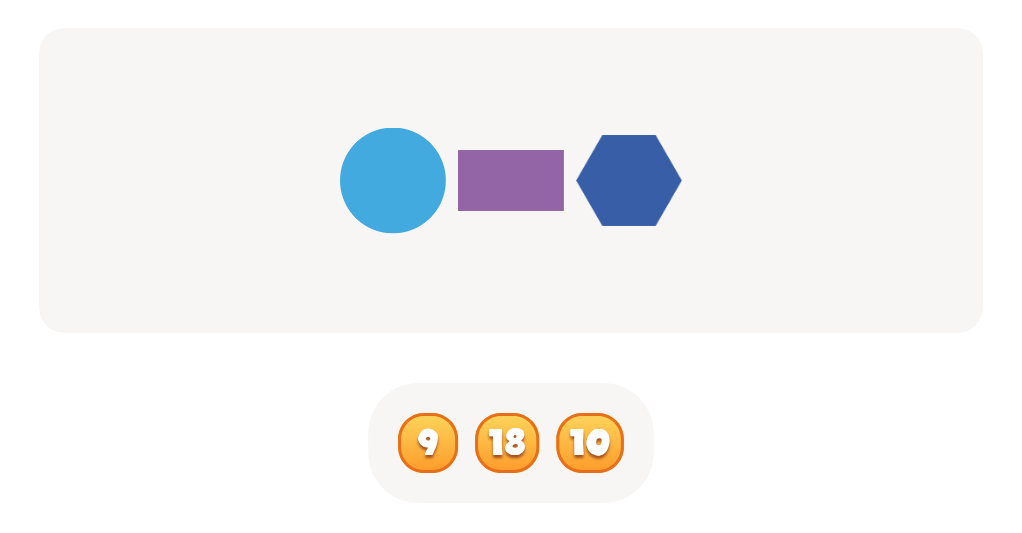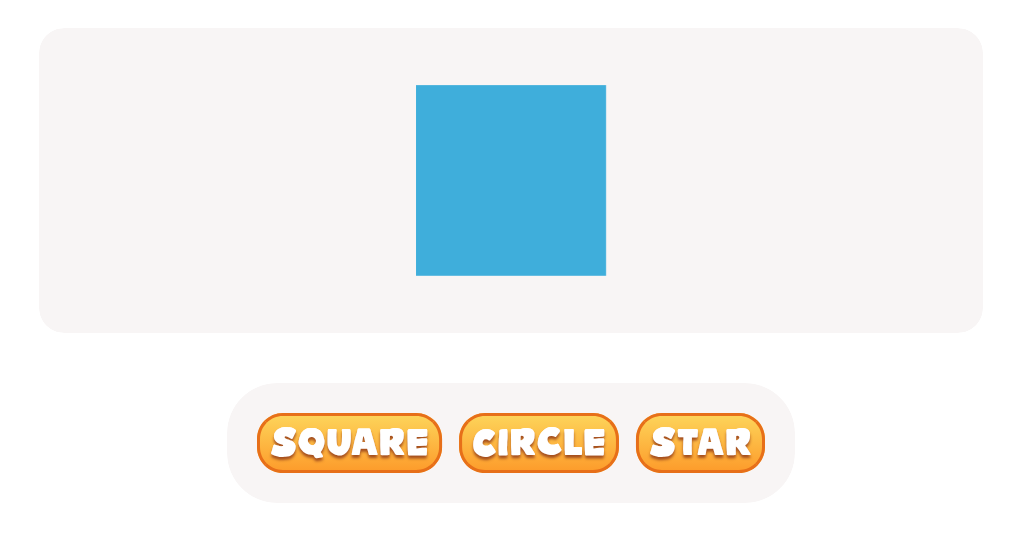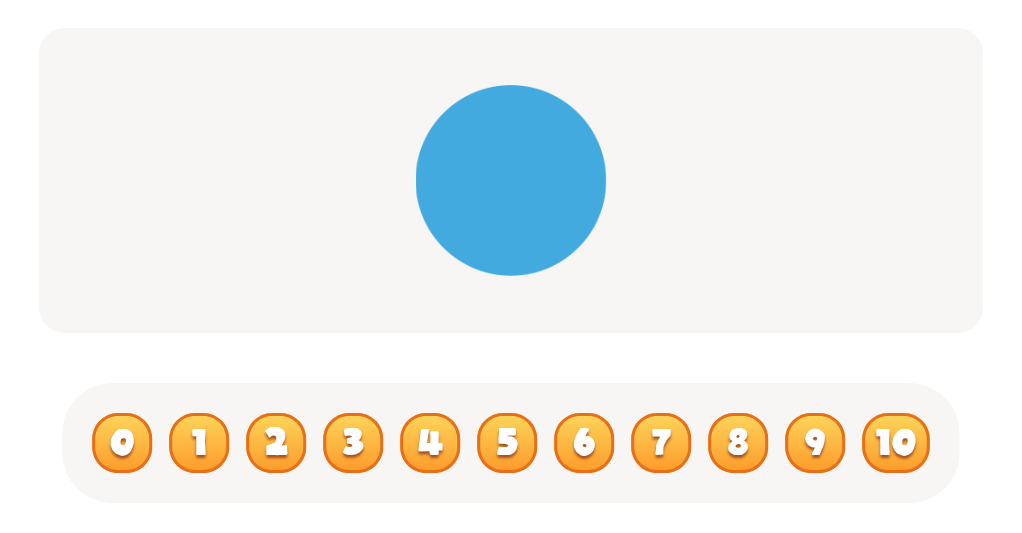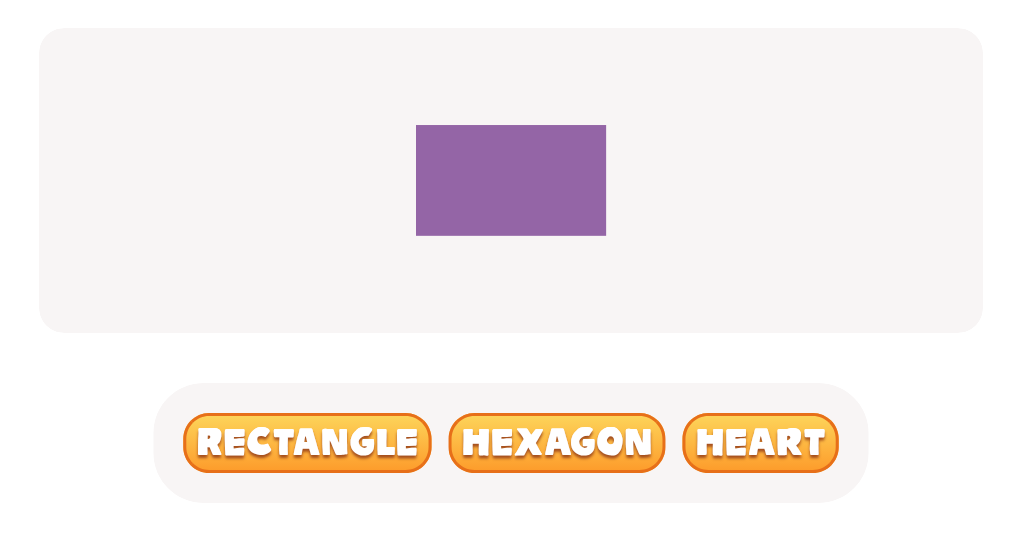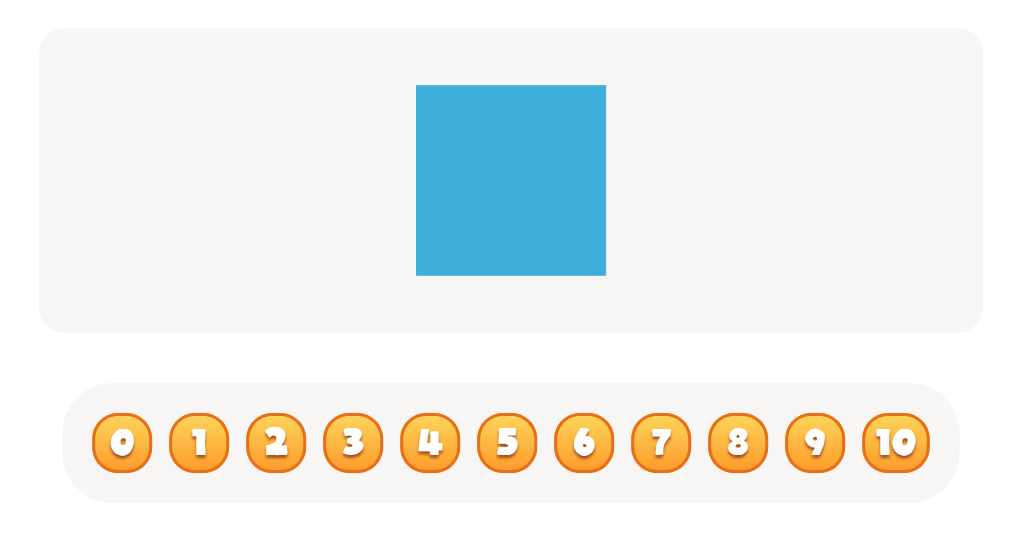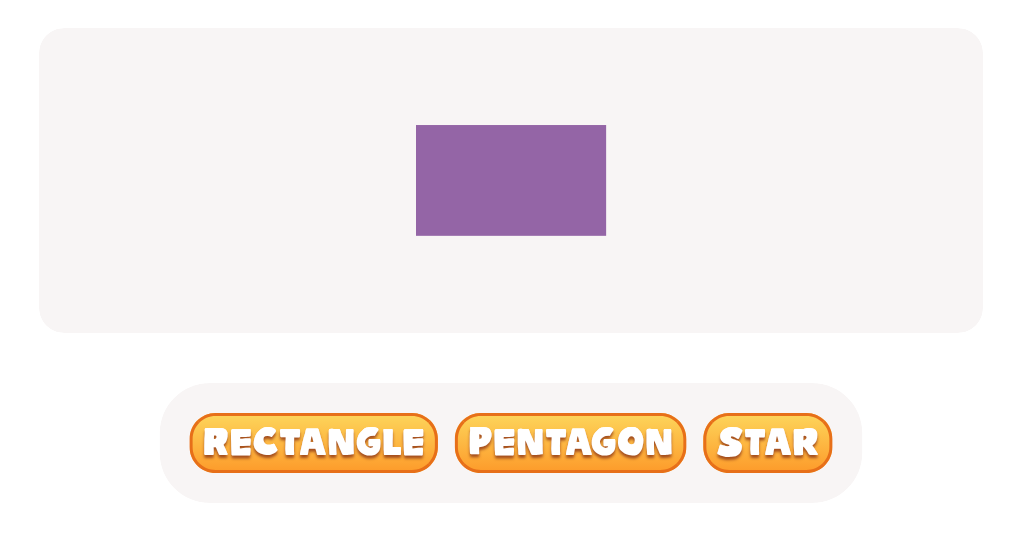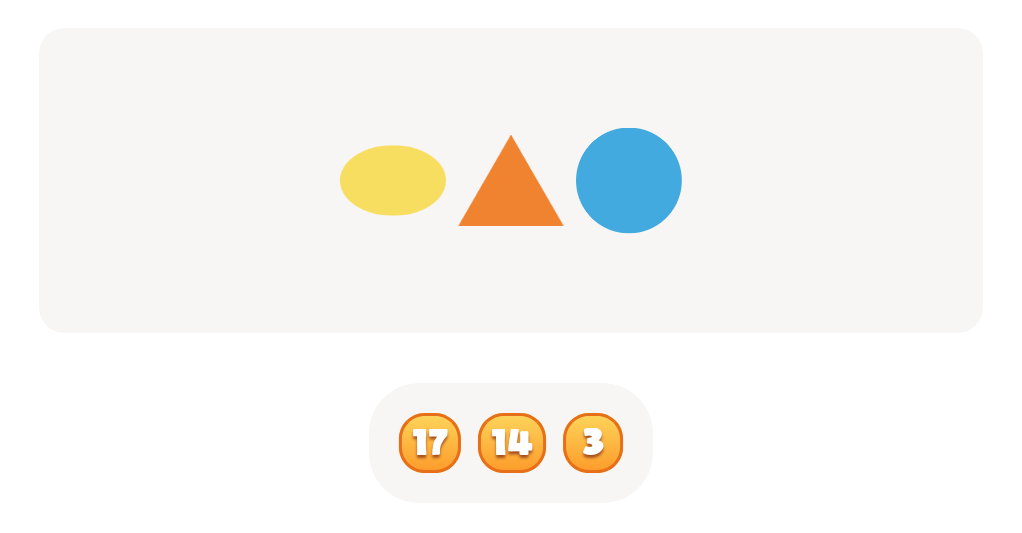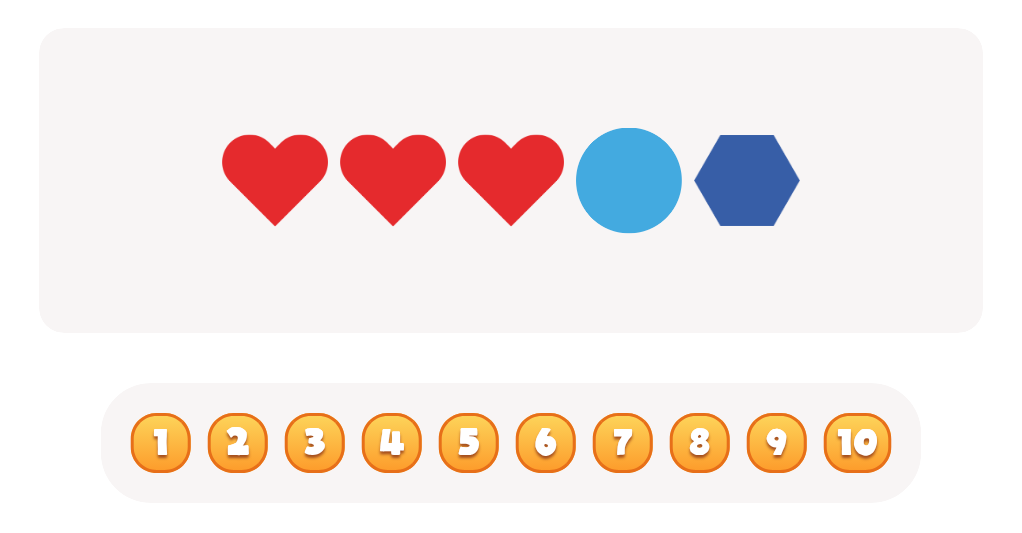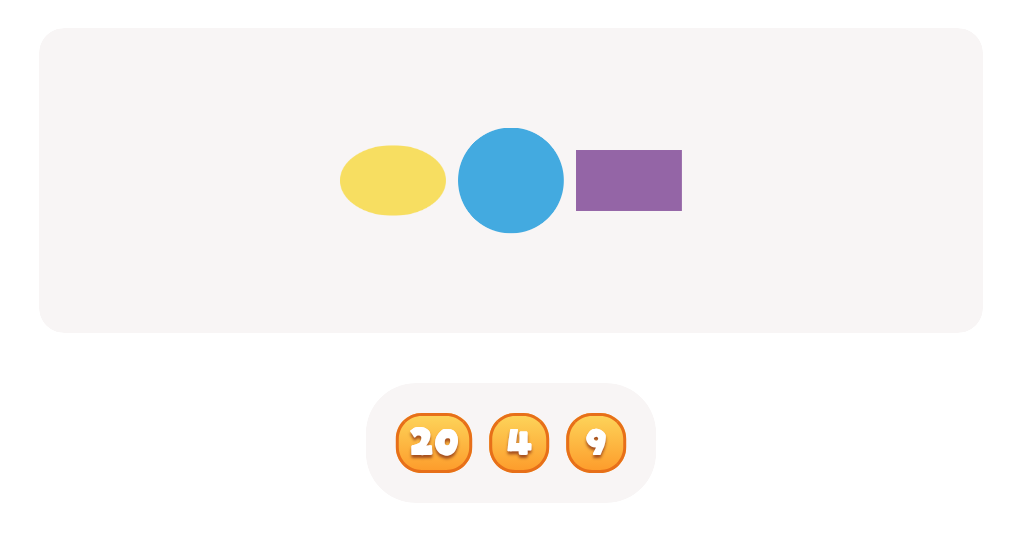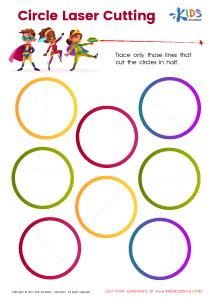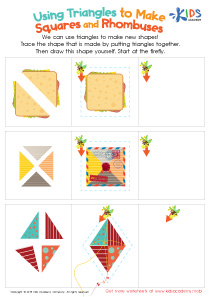Counting skills Normal 2D Shapes Worksheets for Ages 6-9
4 filtered results
-
From - To
Our Counting Skills Normal 2D Shapes Worksheets are designed for children ages 6-9 and provide an engaging way to develop essential math skills. Each worksheet combines fun activities with educational content to help kids recognize, count, and differentiate between various 2D shapes. Our expertly crafted materials align with educational standards, ensuring your child builds a strong foundation in counting while enhancing their understanding of geometric shapes. With vibrant illustrations and exercises that stimulate critical thinking, these worksheets make learning enjoyable and effective. Perfect for both classroom use and at-home practice, boost your child's math skills today with our comprehensive counting worksheets!
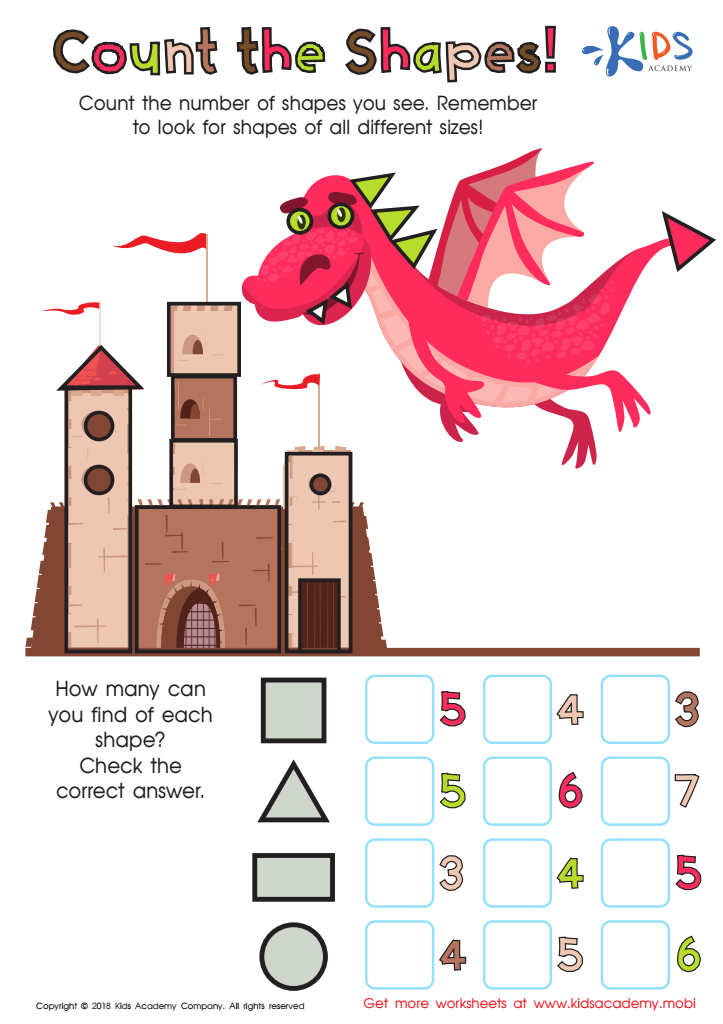

Count the Shapes Worksheet


Using Squares to Make Rectangles Worksheet
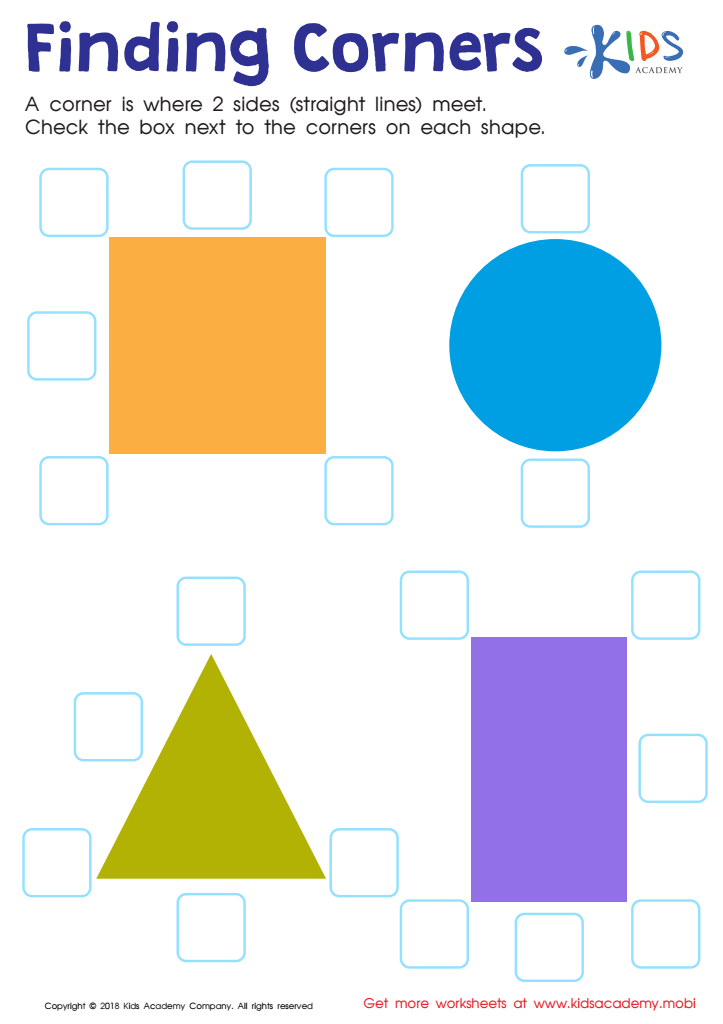

Finding Corners Worksheet


Gingerbread Man Geometry Maze Worksheet
Counting skills and the ability to recognize normal 2D shapes are fundamental building blocks for young learners, especially between the ages of 6-9. During this critical period, children's cognitive and fine motor skills are rapidly developing, laying the groundwork for more advanced mathematical and spatial reasoning.
Counting skills serve as the baseline for understanding more complex mathematical concepts such as addition, subtraction, multiplication, and division. When children grasp counting, they not only learn to quantify objects but also start understanding the relationships between numbers, which enhances their problem-solving abilities.
The recognition of normal 2D shapes—is equally essential. It promotes an understanding of geometric concepts, helping children identify, classify, and compare different shapes. This knowledge expands to understanding patterns, symmetry, and spatial relationships. For instance, when children recognize that a rectangle has two sets of equal-length sides, they begin to grasp the properties and attributes that will later apply to recognizing and understanding higher-level mathematical concepts like area and perimeter.
Both counting and shape recognition strongly influence a child's ability to comprehend more complex tasks in math and other subjects. These skills boost their confidence and interest in the subject, setting a positive learning trajectory for future academic endeavors. Therefore, it's crucial for parents and teachers to focus on developing these skills through engaging activities and practical experiences.
 Assign to My Students
Assign to My Students
